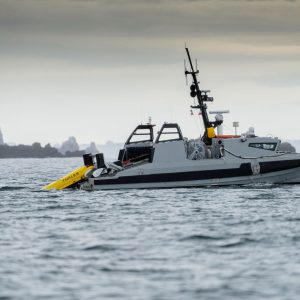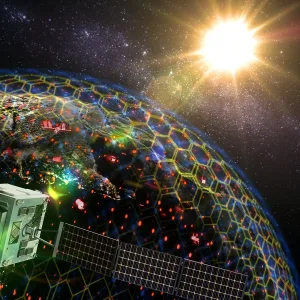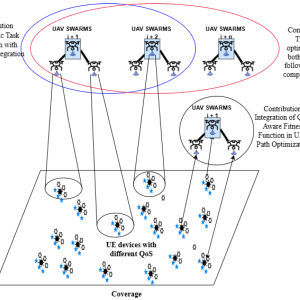In the ever-evolving field of aerospace and defense technology, constant innovation is key to maintaining an edge in exploration and understanding the mysteries of our universe. Engineers at NASA’s Goddard Space Flight Center have been at the forefront of advancing Lidar technology, a critical component of space exploration. In this article, we delve deep into the breakthroughs made by Goddard engineers in improving NASA’s Lidar Technology, shedding light on the intricacies of Lidar, its applications, and the impact it has on our quest for knowledge beyond our planet.

Understanding Lidar: A Beacon of Precision and Insight
Lidar, short for Light Detection and Ranging, is a remote sensing technology that utilizes laser pulses to measure distances, offering unparalleled precision and insight. This revolutionary technology plays a pivotal role in mapping terrain, analyzing atmospheric conditions, and even guiding autonomous vehicles. For NASA, Lidar is an indispensable tool for space exploration, enabling the agency to gather critical data about celestial bodies, their composition, and the complex dynamics of the cosmos.
The Ongoing Pursuit of Excellence: NASA’s Commitment to Lidar Advancements
In the realm of aerospace and defence, excellence is not a one-time achievement but an ongoing pursuit. NASA’s Goddard engineers have made significant strides in enhancing Lidar technology to empower space missions with a new level of accuracy and efficiency. Their dedication to innovation and precision sets the stage for a brighter future in space exploration.
Advancements in Lidar Technology
1. Enhanced Resolution and Precision
One of the key areas of improvement in NASA’s Lidar technology is the enhancement of resolution and precision. Engineers have developed Lidar systems capable of capturing data with remarkable accuracy, even from considerable distances. This breakthrough ensures that the data collected is not only comprehensive but also finely detailed, providing scientists with a clearer picture of celestial bodies.
2. Increased Range and Versatility
Goddard engineers have expanded the range and versatility of Lidar systems, allowing them to operate effectively in various environments and on different celestial bodies. This adaptability is crucial for missions to distant planets and moons, where the conditions can be vastly different from Earth.
3. Reduced Power Consumption
Space missions often require energy-efficient technology, and NASA’s Lidar systems have made significant progress in this regard. With reduced power consumption, these systems can operate for extended periods without draining precious resources, making them more sustainable for long-duration missions.
Applications of Improved Lidar Technology
1. Planetary Exploration
The enhanced Lidar technology developed by NASA has had a profound impact on planetary exploration. From mapping the rugged terrains of Mars to studying the icy surface of Europa, Lidar plays a pivotal role in collecting data that informs our understanding of celestial bodies within our solar system.
2. Earth Observation and Climate Studies
Lidar technology is not limited to exploring the cosmos; it also has a significant impact on Earth. With improved Lidar systems, NASA can better monitor our planet’s changing climate, track atmospheric conditions, and assess environmental changes with unprecedented precision.
3. Autonomous Navigation
The adaptability and accuracy of NASA’s Lidar technology have applications beyond space exploration. It is a cornerstone for autonomous navigation on Earth and in space, contributing to the development of self-driving vehicles and robotic systems for various industries.
Collaborative Efforts and Future Prospects
NASA’s pursuit of excellence in Lidar technology is not a solitary endeavour. Collaboration with other space agencies, research institutions, and private companies has played a pivotal role in accelerating advancements in this field. Together, they are shaping the future of space exploration and revolutionizing the way we explore the cosmos.
The future prospects for Lidar technology are promising. With ongoing research and development, we can expect even more remarkable breakthroughs, further expanding the applications and reach of Lidar systems. As we continue to unlock the secrets of the universe, NASA’s commitment to innovation in Lidar technology will remain unwavering.
Conclusion
In the ever-challenging domain of space exploration, the advancements in Lidar technology by NASA’s Goddard engineers stand as a testament to human ingenuity and determination. The improved Lidar systems are the backbone of our quest to unravel the mysteries of the cosmos, from the icy moons of distant planets to the Earth’s changing climate. As technology evolves and collaborative efforts persist, the future of Lidar holds boundless opportunities for discovery and innovation. NASA’s unwavering commitment to excellence in Lidar technology is a beacon of hope for the future of space exploration.










